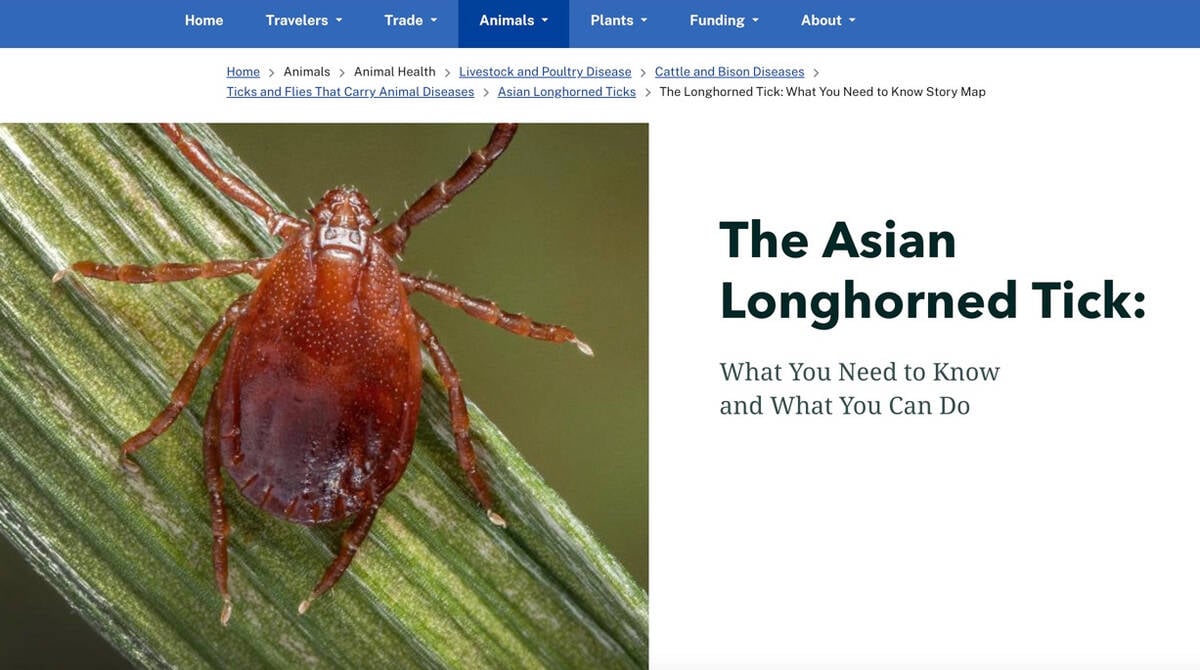Given today’s prices, a cattle leasing agreement requires either a foolhardy investor or a rancher willing to work for free.
Unless a cash-rich investor is seeking a tax shelter, no cattle producer with business sense would agree to a leasing agreement that will end up costing him money, said Manitoba Agriculture beef production specialist John Popp.
“As an investor, you would be a fool not to sign a 70-30 or 60-40 arrangement. But your partner is going to go broke, and in two years, I predict that you won’t be on speaking terms,” said Popp.
Read Also

New World screwworm not seen as trade threat
Canadian cattle producers shouldn’t be worried about the New World screwworm, which has become a massive concern for ranchers in Mexico and is threatening the southern United States
The only way a rancher should agree to lease cattle is if the owner agrees to take all the risk, he said.
In such cases, an investor with $100,000 in capital gains, who may be facing a Revenue Canada tax bite of $50,000, could be convinced to take the plunge.
“You have to demonstrate that instead of losing $50,000, I’m only going to lose you $20,000,” said Popp, who spiced up his presentation at Manitoba Ag Days with black humour.
“But you know what, a lot of people will get that. It absolutely can work. That’s why you always see some higher bred cow prices before Christmas.”
Fear of the taxman could work to the advantage of a savvy rancher, who is able to present a workable cattle leasing agreement that makes it possible for an investor to sink money into a cow herd and then recoup a return gradually over years.
Also, buying bred cows for $400 to $600 a head could pay off if the cattle cycle starts rebounding in two or three years.
Given these considerations, if a rancher offers the owner $50 per live calf under a five-year lease agreement, both parties could come out ahead if the market improves faster than herd depreciation.
Tax considerations have been driving the cattle feeder market for years, added Popp.
“When I worked in Alberta, I saw that 80 percent of the cattle in feedlots are owned by investors. That’s the reality. The beauty of it is, you just roll from year to year.
“Who cares if you lose 10 percent on your feeder cattle, when you could have lost 30 percent to the government?”
For a rancher, the appeal of lease deals is the opportunity to expand without having to borrow money or take on the risk of owning cattle.
A herd of 100 top quality bred cows at a cost of $90,000 will depreciate 10 percent a year, or $2,500 annually if averaged over a five-year lease agreement.
“That’s the beauty of cow ownership: you lose money,” Popp said jokingly.
“After four or five years, I think those $400, two- and three-year-old cows are going to be worth more, because people have to eat.”
Popp added that the law of supply and demand dictates that where there is a contraction, an expansion is sure to follow.
“Do you remember Ag Days three years ago? There was a grain farmer who told me that there wasn’t a single commodity that he could put in the ground that would make money. Where are we in the cattle business right now? It’s going to get better.”














